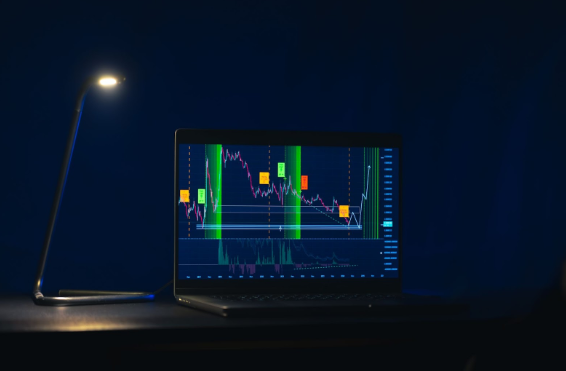Seasonal trends are patterns in how the market behaves that occur at specific times of the year. Investor psychology, economic cycles, and recurring events can all impact these patterns. In finance, traders can utilize these trends to forecast potential price changes and refine their investment plans.
In the financial markets, cycles recur repeatedly. The "Santa Claus Rally" and the well-known "Sell in May" trend are two instances. Although the Bitcoin market is decentralized and operates continuously, researchers are investigating similar seasonal market patterns that occur at specific times of the year.
For Example: A potential seasonal trend was demonstrated by Bitcoin's spectacular Q4 rally in 2017, which saw it rise from $4,000 in September to almost $20,000 in December. According to research by Coin Metrics and other analysts, similar trends may be observed in significant digital assets.
Theoretical Foundations of Seasonal Trends
The intersection of behavioral finance and market structure produces seasonal patterns in prices, which are rarely the result of a single trigger. Consistently tilting order flow at predictable times, as well as sentiment cycles, confirmation bias, and herd behavior, serve as guiding principles for both retail and institutional traders.
In the cryptocurrency space, January and February frequently see a similar surge in Bitcoin. After year-end balance sheet closures, miners adjust their selling schedules, and retail traders reinvest their holiday bonuses. Digital assets trade around the clock, so momentum can build more quickly and with fewer circuit breakers than stocks.
Methods and Tools for Identifying Seasonal Trends
It takes a combination of contemporary analytical tools and conventional quantitative methods to detect seasonal trends in cryptocurrency markets. The cornerstone is time series analysis, where traders can separate recurrent patterns from random price noise using methods like seasonal decomposition, moving averages, and exponential smoothing.
To identify recurring performance patterns, a popular method is to compute seasonal indices, such as the average monthly returns for Ethereum or Bitcoin. Traders and analysts now use machine learning forecasting models to increase accuracy. While LSTM (Long Short-Term Memory) neural networks are more suitable for the nonlinear and volatile nature of crypto, tools such as ARIMA (AutoRegressive Integrated Moving Average) are well-suited for linear trends.
Seasonal Differences Across Cryptocurrencies and Segments
Seasonal trends do have an effect on the overall cryptocurrency market, but the timing and strength of these trends are very different for each type of asset. It's essential to understand these seasonal differences by coin in order to develop strategies that work for different groups.
Bitcoin and Ethereum are two examples. Bitcoin has historically experienced stronger seasonal rallies in the fourth quarter. These rallies are often linked to macroeconomic cycles and institutional rebalancing. On the other hand, Ethereum typically performs better in the first quarter due to ecosystem updates and increased developer activity.
Impact of Macroeconomic and Geopolitical Factors
Many bitcoin price changes are caused by how the internal market operates, but macroeconomic factors and geopolitical risks can also significantly impact and disrupt seasonal trends. To make accurate predictions about the market's ups and downs, it's important to understand how these outside factors affect crypto seasonality.
Macroeconomic cycles, like changes in interest rates by central banks, inflation reports, and GDP data, can either help or hurt seasonal trends. Geopolitical shocks also make things more unstable in ways that are often difficult to anticipate.
Trading Strategies Based on Seasonal Trends
It takes more than just calendar-based forecasts to transform insights from seasonal trading strategies into actionable plans. You need to combine signals, manage risk, and backtest to ensure they are effective. Seasonal patterns can help you figure out how to invest or trade, whether you're a conservative investor or an active trader. Traders who are more cautious can follow a trend that is in line with previous seasonal strength.
Conclusion
Traders can gain an edge by understanding how crypto markets fluctuate with the seasons, but it's not a magic bullet. These patterns emerge from a combination of behavioral, structural, and macroeconomic forces. They are both complicated and useful for making decisions.
AI in crypto markets, big data analytics, and more advanced on-chain analysis platforms will have an increasingly significant impact on the future of cryptocurrency trends as we move forward. These technologies will help you see patterns more clearly, make better predictions, and automate strategies more smartly.
For more info:-







Comments